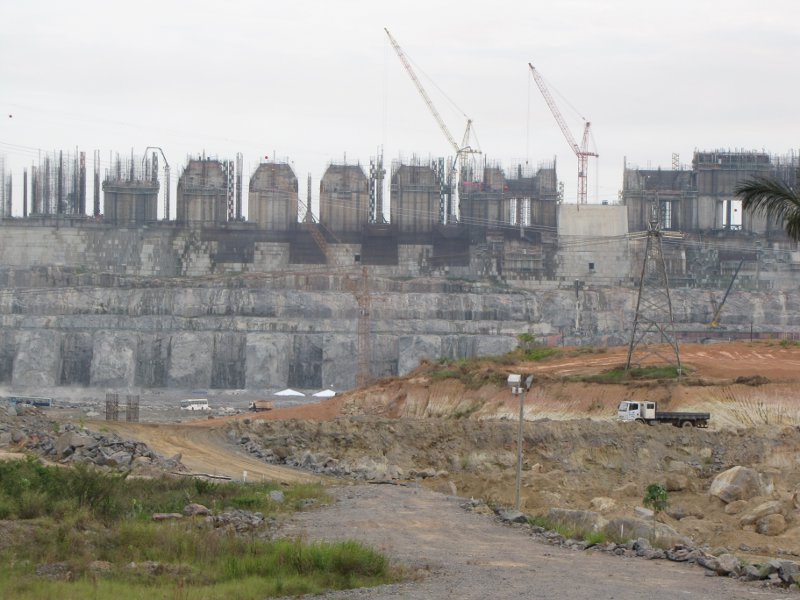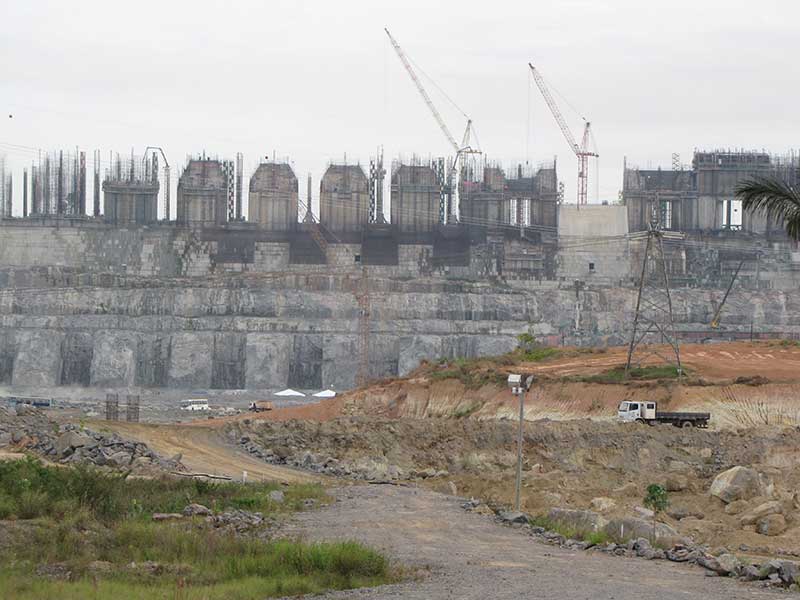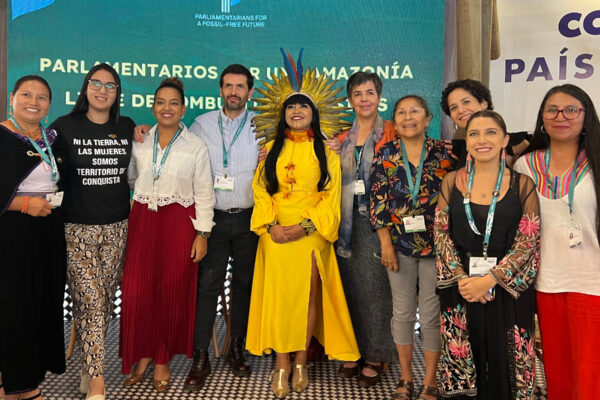
Last Sunday millions of citizens in dozens of cities throughout Brazil took to the streets to protests rampant corruption, erroneous economic policies and rollbacks of social benefits. Protestors called for the impeachment of President Dilma Rousseff, claiming government mismanagement and a possible direct link between the president and an unprecedented corruption scandal centered around Petrobras, Brazil’s parastatal oil company.
Pursuing its “Lava Jato Operation” to unravel the Petrobras scandal and its instigators, Brazilian investigators and prosecutors recently uncovered a parallel scheme of massive fraud in the construction of megadam projects in the Amazon such as Belo Monte and Jirau, involving a cartel of Brazil’s largest construction companies, powerful politicians and high-level government bureaucrats.
The dark plot of this immense scandal has since thickened. On March 6, Brazil’s Supreme Court (STF) disclosed an initial list of 54 top politicians approved for formal investigations in connection with Petrobras corruption, including the president of the Senate Renan Calheiros, the president of the Chamber of Deputies Eduardo Cunha, and the notorious ex-Minister of Mines and Energy, Edison Lobão.
On March 8, news broke that Dalton Avancini, president of the civil construction empire Camargo Correa, would confirm in testimony to federal police and public prosecutors that Camargo Correa paid R$100 million (US$30 million) in bribes to two political parties – Rousseff’s Workers’ Party (PT) and its main ally in the ruling coalition, PMDB – in exchange for construction contracts for the Belo Monte dam.
According to Mr. Avancini, each political party received 1% of the value of Camargo Correa’s 16% share in the construction consortium. Given that the 10-member consortium contains a who’s who in Brazil’s powerful and corrupt dam industry – Andrade Gutierrez, Odebrecht, OAS, Queiroz Galvão, Galvão Engenharia, Contern, Cetenco, J Malucelli and Serveng – Camargo Correa’s bribes are likely only the tip of the iceberg.
Avancini also testified that R$10 million of the PMDB’s $50 million share of the graft was funneled directly to ex-Minister of Mines and Energy, Edison Lobão, increasingly considered to be a kingpin of corruption schemes involving Petrobras and other affiliates of the ministry.
On March 11, the Federal Controllers Office confirmed that it would initiate administrative proceedings against 11 contractors involved in the Petrobras corruption scandal, including Odebrecht and Andrade Gutierrez. The proceedings may lead to fines, a ban on companies participating in future government contracts and other penalties.
Also today, Federal Public Prosecutors announced that, in cooperation with Swiss authorities, $ 400 million deposited in 30 Swiss banks were being frozen, due to evidence of money laundering associated with the corruption schemes.
Meanwhile, the Dow Jones Sustainability Index has announced that as a result of the corruption scandal, Petrobras will be excluded from its list of blue-ribbon companies, starting March 23rd. If the DJSI were serious, it would have never admiitted a huge fossil-fuel corporation like Petrobras in the first place.
Yesterday, a nationwide poll reported that President Rousseff’s disapproval rating had skyrocketed to 62%, the highest level for a sitting Brazilian president since the eve of Fernando Collor’s impeachment amidst a much smaller corruption scandal in 1992. In response to Sunday’s protests and her plummeting popularity, Rouseff’s administration hurriedly announced a package of “anti-corruption” measures to be submitted to Congress. The measures, many of which had been proposed previously but never implemented, drew criticism even among the government’s allies.
In a recent article, prominent Brazilian journalist Claudio Angelo notes that the latest news regarding corruption in Belo Monte and other megadam projects in the Amazon irrefutably demonstrates how “huge projects that violate environmental legislation, economic order, human rights and good sense, are designed to generate money (for corruption), not energy.”
Shocking proof of this extraordinary scandal is only now emerging, promising many more revelations to come. While most of the criminals behind this reprehensible affair have yet to be indicted or held accountable, the promise of long-overdue justice looms large over Brazil’s Amazon dam-building program – a promise that could help spare the region’s rivers, forests, and communities further tragedy.
Brent Millikan is Amazon Program Director of International Rivers














